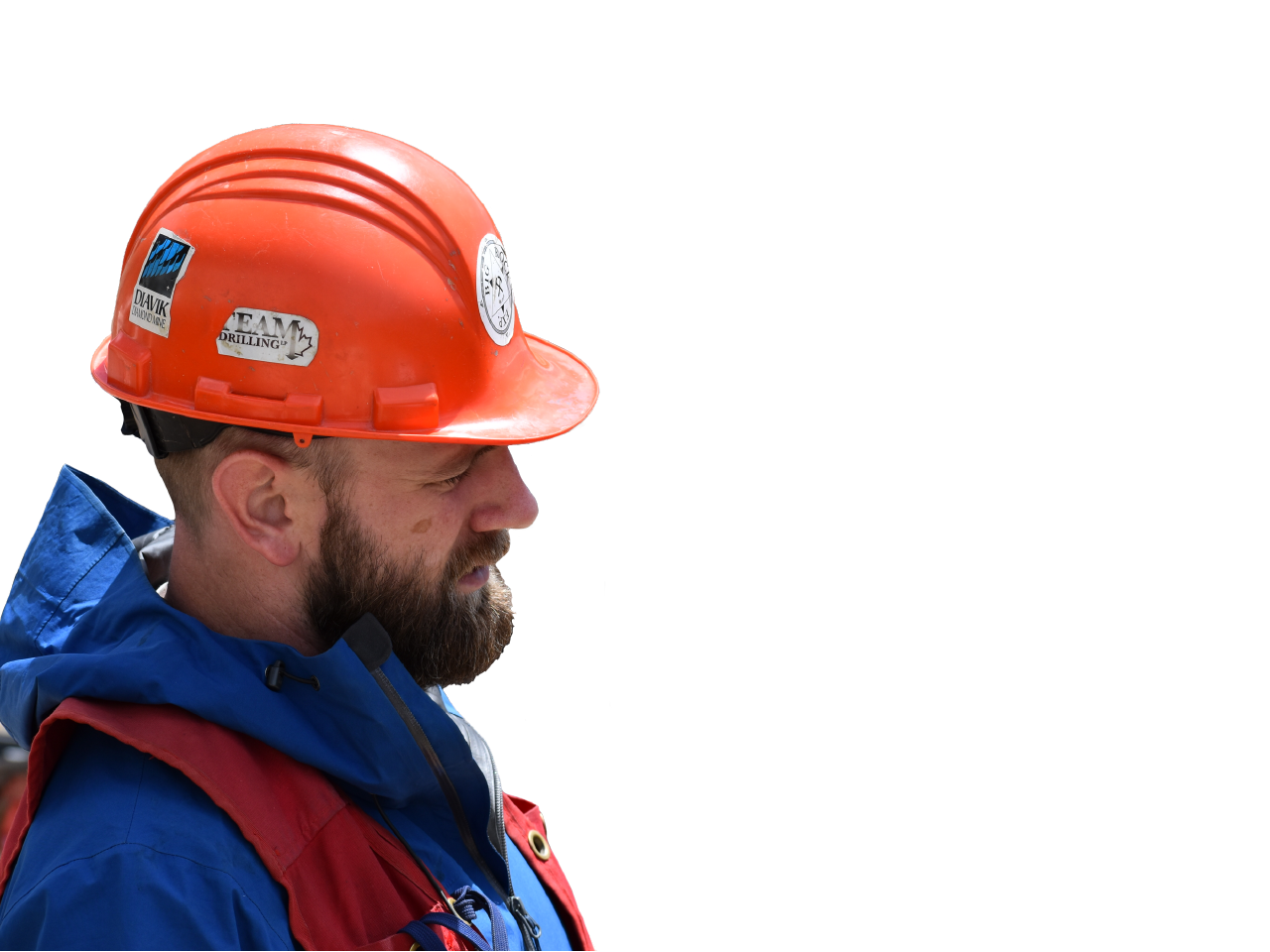
Brandon Isakson
Director of Operations
No Shortcuts To Proving A Concept
As our portfolio of technical consulting projects has grown over the years, our team has developed, refined, and proven their targeting framework in early-stage mineral exploration. By utilizing this framework and adhering to a methodical process, we can provide turnkey solutions for clients that ensure efficient and effective operation throughout all stages of a program.
In the most recent issue of our company newsletter, Explore & Discover – Issue 8, we aimed to provide a high-level overview of the Big Rock exploration framework that has proven successful and value-adding for clients; ultimately a guide for the long, arduous road from theoretical concept to economic discovery.
Our approach remains one that never loses sight of our destination, a successful discovery, yet demands tremendous focus and investment in the journey. In the roadmap below you’ll see our 7-step framework visually illustrated in chronological sequence. We break down a synopsis of each phase, and provide a rating heuristic using project management metrics of time, cost, and risk.


The first step to exploring is knowing what to look for, most importantly to identify the key factors necessary to develop favorable criteria. Essentially, this phase is about building a “hypothesis”, or technical criteria to be able to go look for. For example, to find a lode gold deposit, one would look for the favorable criteria that indicates prospects for lode gold mineralization. Below is a real-world example from the U.S.G.S.:

Criteria Model For Lode Gold Deposits
- Anomalous gold in rock or soils
- Proximity to shear zones
- Hydrothermal alteration
- Metal pathfinder elements (As, Se, Cu, Zn, Bi, Mo, Sb, etc.)
- Chemically favorable host rocks

With relevant criteria defined, we next start compiling all relevant data into a central database. Often geologists use a spatial, or GIS database. A large amount of geology, land use, historical, public government, and academic data is organized and digitized into a usable format. This allows the explorer to filter the data according to their Criteria Model and use computer modeling to identify which areas might be worth sending out some boots-on-the-ground. Often these are called, areas-of-interest, or AOI.
Dig Deeper: Making The Digital Leap with
By utilizing Esri’s ArcGIS and Survey123 applications, the Big Rock technical team is more efficient and efficacious while field mapping, which reduces operational and opportunity costs across the board. With these gains in time and productivity, the team can dedicate their focus to the most high-value steps in their process.

After creating a central database we’re ready to put boots on the ground. Essentially, this step is the prospecting phase. Geologists go out into the field to collect mapping data, rock or soil samples and other technical evidence to test the AOI. Data collection in the field is a critical step to verify if the AOI passes the Criteria Model. The types of data collected in the field include geology mapping, measuring structures or features in the rocks, collecting rock or soil samples, taking photographs, and sometimes using special technology tools to obtain geophysical data. All of the data collected in this phase is critical to determine if the AOI is worth pursuing.

With discrete areas-of-interest identified, the acquisition phase focuses on obtaining mineral rights. Ownership of the mineral rights is generally obtained by 1) staking a mining claim, 2) obtaining a State lease, or 3) negotiating a deal with a private owner. Within the US, mineral rights can be very simple, or very complicated depending on which state you are in. For example, claim staking only exists in states west of the Mississippi; but this doesn’t include all states west of the Mississippi. The correct acquisition is a critical step in securing the rights to the minerals. It is very important to secure the rights to the minerals to be able to advance the project further. Otherwise, it would be like trying to build a house on your neighbors property…it just doesn’t work!

The process of defining a drill target takes systematic exploration steps. There are a variety of steps to refine detailed targets to be able to test at depth with drilling. Some of these steps include 1) detailed geological mapping and sampling, 2) various geophysics methods and 3) 3D modeling. In order to have better chance at discovering a mineral deposit, extensive systematic exploration is required. The cost of drilling is one of the most expensive steps in a discovery, and making sure you’re drilling in the best spot will help to lower your costs and ultimately lower your risk of missing the target!
From The Archive // Issue 6
Explore & Discover
Grassroots exploration strategies, mastering logistics of mobilization, and a primer on exploratory drilling in Minnesota – Issue 6 has it all!

Permitting is the next crucial and nuanced phase of the exploration process. This step varies drastically depending upon the type of land jurisdictions your project is located within. Some permitting takes a couple months and costs tens of thousands of dollars; other permitting takes years and costs hundreds of thousands of dollars. It is always important to access the permitting jurisdiction during Desktop (Step 2) to properly plan ahead and prepare. In the US, there are generally some permitting considerations as the Federal, State and often County or Municipality levels. The greatest risk to permitting is not doing your homework early on.

Once all the groundwork has been laid and due diligence completed, the exploration team is ready to test their thesis with core drilling. This is arguably the most important step, but often it is rushed into without properly completing the other steps of the process. This makes drilling even more of a risk. Drilling, often called the “truth machine”, is an extremely low impact method to provide evidence of what lies in the ground underneath. There are many drilling methods and each one has a unique way to drill into the subsurface and provide material back to the surface for the geologist to sample and analyze.
For a geologist, drilling is exciting because it finally provides the opportunity to test your hypothesis, or criteria model (Step 1). As a scientist, the ability to prove your hypothesis correct or wrong, is what continues to advance science and innovation. For the geologist, it is no different.
From The VISUAL Library
Exploratory Drilling Explained

Join Team Big Rock
If you’re interested in inquiring about employment at Big Rock or applying to one of our open positions, please contact us today.


